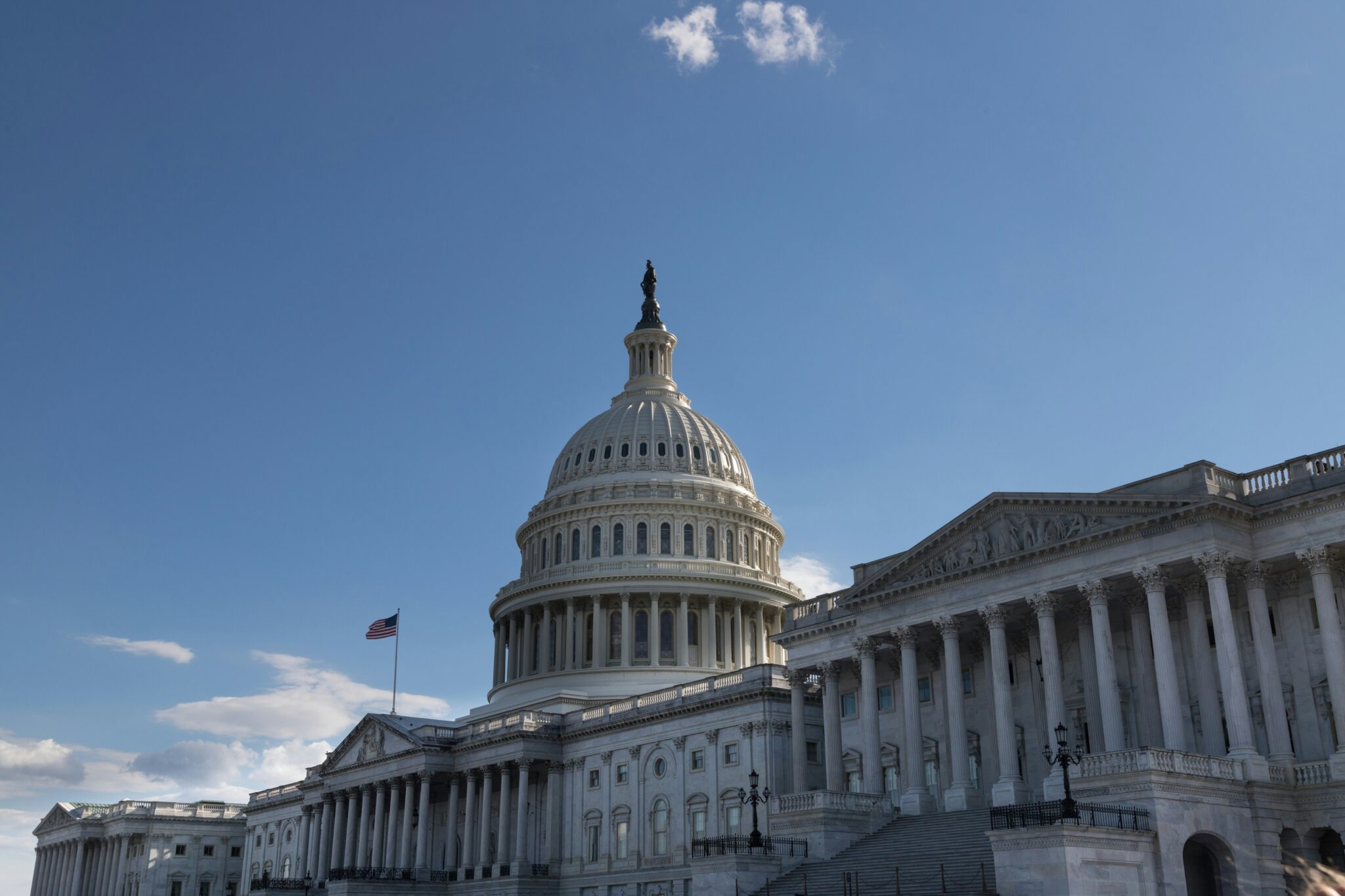Like a late night infomercial, lawmakers in both parties are hawking “Cash for Clunkers” – a plan that will boost auto sales and help the auto industry … and jumpstart the economy.
But wait there’s more!
Lawmakers say it will reduce oil consumption and auto emissions too!
How much would you pay for this program? Well Congress says the more than $3 billion price tag is a bargain. But like most quick fixes, reading the fine print makes it clear that this plan falls far short of its lofty goals.
Under the plan, people would receive a voucher towards the purchase of a new vehicle upon trading in an older, less fuel efficient vehicle. Depending on the vehicle type and other variables, a person might get up to $4,500.
If Congress were really interested in reducing oil consumption and emissions, vouchers would only be given to those who bought super fuel-efficient (high mpg) vehicles, or electric, or hybrid vehicles. Instead the program is pretty nice to drivers of gas-guzzling SUVs. Purchase a new large light-duty truck getting at least 15 mpg and you pocket the maximum $4,500 if the improvement is as little as two mpg compared to your trade-in.
Wow, some improvement. Earlier legislation was much stronger according to critics.
Scratch below the surface and the program is at cross-purposes. Car makers need to produce at least 5.5 million cars a year to survive, according to one auto industry CEO . That’s a lot of emission from just the production process – experts say that 10-12 percent of a vehicle’s lifetime emissions are attributable to its production. Saving the car industry and reducing carbon emissions may not be mutually exclusive over the long run, but there is no quick fix.
California already has its own version. So do France, Italy, and Germany, where the program recently resulted in an estimated 20% increase in car sales. But purchasing a new car crowds out other consumer purchases – even with the voucher a new car eats up a lot of disposable income. And industries that sell auto parts, or specialize in refurbishing or maintaining older cars have cried foul both abroad and here in the U.S. Also, gas prices are down, so what’s the incentive to buy a new highly fuel efficient vehicle when you can still receive a voucher to buy an SUV that gets 15 mpg?
The ultimate impact of the program has also come under fire from transportation experts and analysts. Daniel Sperling, at the University of California-Davis warns that the program is too short-sighted to affect oil consumption or emissions – it’s currently slated to last a year, with estimates of one million new purchases. Another analysis points out that only five percent of cars on the road would be eligible. The program seems more about saving the U.S. truck and SUV industry than anything else. But even that goal seems unlikely.
Congress is fond of trying to please everyone at once. Word from Capitol Hill is this legislative silver bullet will reduce oil dependence and emissions, save Detroit, and provide a needed boost to the economy all at once. Not likely. There are better ways to address emissions and oil consumption problems. And the problems of the U.S. car industry and economy run too deep for this feel good idea to be the savior. The only guarantee is that taxpayers will end up spending billions.










